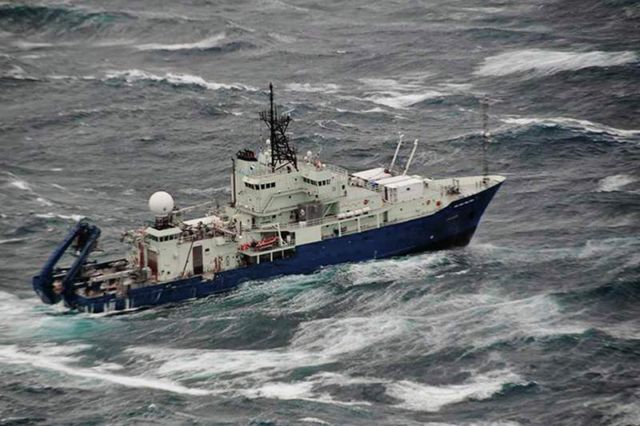NASA’s North Atlantic Aerosols and Marine Ecosystems Study (NAAMES) took to the sea and air to investigate the world’s largest plankton bloom and how it gives rise to small organic particles that leave the ocean and end up in the atmosphere, ultimately influencing clouds and climate.
In the North Atlantic Aerosols and Marine Ecosystems Study, or NAAMES, in a study stretching across five years, scientists are gathering observations from research ships, instrumented aircraft, and satellites to understand conditions in the Atlantic Ocean and the skies above it. At the same time, the researchers are examining how those blooms give rise to biogenic aerosol particles and gases (such as dimethyl suflide) that are carried up into the atmosphere.
About half the carbon dioxide emitted into Earth‘s atmosphere each year ends up in the ocean, and plankton absorb a lot of it.
It is one of the wonders of science that some of the smallest things on our planet can have a large effect on our Earth systems. Every year in the North Atlantic, countless phytoplankton—floating, microscopic, plant-like organisms—harness springtime sunshine and floating nutrients to create the largest bloom on the planet. In the process, they play a role in regional and global climate by absorbing massive amounts of carbon dioxide and releasing tiny aerosol particles that can seed clouds.
In May 2016, the research vessel Atlantis cruised out of Woods Hole, Massachusetts, carrying several dozen researchers and an array of instruments into the turbulent North Atlantic to collect measurements of water properties, biological activity, and sea spray.
Photographs by Michael Starobin, NASA Goddard Space Flight Center. Caption by Mike Carlowicz, with reporting by Denise Adams Lineberry and Stephanie Schollaert Uz.
source earthobservatory








Leave A Comment